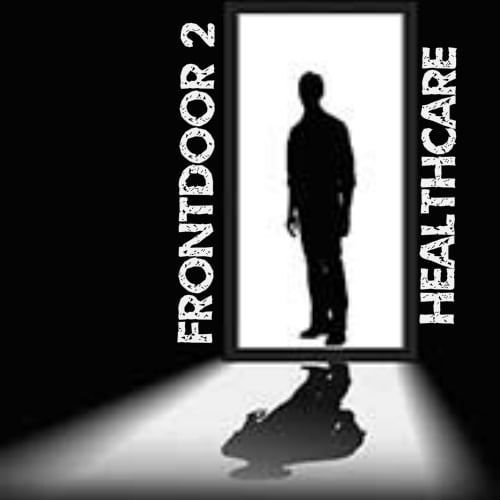In a time where banking can be done securely from all over the world by phone application, why are we stuck relying on pieces of crumpled paper from a patient’s wallet for their medication list? In the dire time when a person requires resuscitation efforts it would be critical to know if that person is beta-blocked, or a had prescription for TCA’s or INH in an overdose situation. A provincial-wide electronic medical record could hopefully clarify that situation. Coming from an Ontario based emergency resident’s eye, the connectivity between hospitals, clinics, pharmacies and laboratories is inefficient and mostly ineffective.
Connectivity and Care
I just recently finished a community elective in a community 50km from Ottawa. Trying to contextualize a geriatric patient’s emergency presentation within their complex medical history is a significant challenge. Typically a geriatric patient from this community would receive specialist care from three separate hospital networks, all with separate electronic medical record systems with no inter-connectivity. Don’t think it is purely a physician-only problem; patients are shocked that medical imaging and lab data are unavailable, requiring them to have repeat painful blood draws and repeat imaging. Sure, there are convoluted ways to access all these EMR separately, but that requires you to be fortunate enough to have access – assuming of course that you remembering your jumble of user names and passwords.
I understand that it’s a complex problem requiring standardization across the board, fusion of multiple databases, and providing security and appropriate accessibility. It’s a problem that countless dollars have already been wasted on. Yet this is not a novel feat; there are multiple examples across Canada that we can learn from:
• Alberta’s Netcare: provincial Electronic Health Record (EHR) — a secure and confidential electronic system of Alberta patients’ health information.
The Netcare’s EHR is not a single database, but rather a network of data repositories and information systems. Each has an important function and together they form the provincial EHR. Clinical data is collected through point-of-service systems (in hospitals, laboratories, testing facilities, pharmacies, and clinics)
• British Columbia Pharmanet: PharmaNet is the province-wide network that links all B.C. pharmacies to a central set of data systems. Every prescription dispensed in B.C. is entered into PharmaNet.
There are initiatives in Ontario trying to achieve similar interconnectivity. eHealth Ontario is attempting to emulate what Alberta’s Netcare has done. Unfortunately, I personally haven’t seen any of its clinical impact in my 2 ½ years of residency.
Sorry for the rant, but it’d be nice to take some of the guess work out of identifying the drug-seekers, and to help provide efficient and effective care to more of our patients, not those who only get care within one isolated EMR ecosystem.

